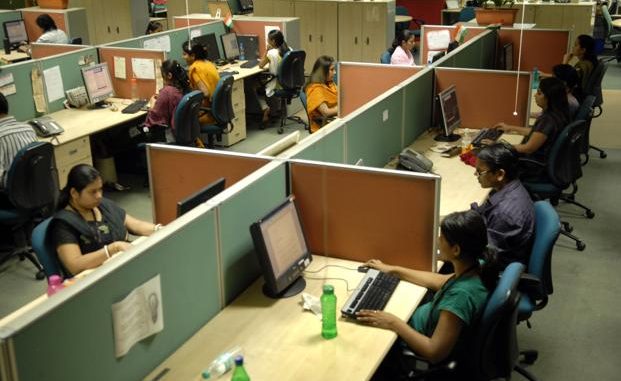
MUMBAI: The view that equal gender representation in all businesses is key to a country’s GDP growth has been endorsed by several global leaders in the past, and most recently by John Chambers of IT giant Cisco, who echoed these views during his visit to India. However, companies aren’t paying heed, if a recent study that shows gender diversity is not being greatly tracked at the functional and leadership levels is anything to go by.
Data insights from a ProEves survey, which covered 47 companies across sectors, reveal that only 43 per cent track gender diversity at a functional level and a mere 34 per cent of companies hold leaders accountable to drive gender balance goals by way of making them part of the diversity council.
Showcasing why the needle hasn’t really moved, the study said less than one-third of responding companies have gender diversity goals as part of a leader’s KRAs, or key result areas.
ProEves co-founder Divya Agarwal said many companies still find the business case for gender diversity too abstract, generic and not tangible for business success. Hence, it does not get picked up at the leadership level. “It is always easy to say that business targets overcrowd the scorecard, giving no space for gender balance goals at the leadership level. Both research and our experience shows that leaders at the top who have a personal connect to the agenda take ownership of the gender goal by bringing it on their scorecard and advocating for change,” said Agarwal.

There are companies that understand why greater accountability with regard to gender diversity can be built into leaders’/managers’ KRAs on hiring, potential identification, bias protection and recognition. Capgemini, for instance, has created CXO-level KPIs (key performance indicators) focused on recruitment, retention, development and career acceleration of women to ensure gender balance. This has been rolled out across the Capgemini group and percolates to every country and business unit.
Capgemini’s head (diversity & inclusion – India) Gayathri Ramamurthy said, while mandates and KPIs do bring about a shift in numbers, changing the mindset is equally important. Women retention and career growth goes beyond addressing a manager’s KPI.
“How can an organisation completely commit to enabling an equal opportunity workplace and stand by that commitment? On one side are KPIs for stakeholders on hiring, retention and acceleration. On the other is the provision of infrastructural support, including lactation space and accessible creches. A social shift in thinking on the role of father as a caregiver is essential to enable the women on career resumption post-partum. While the new law will see a shift in corporates building infrastructural enablers, it needs to be seen if this will positively impact the hiring numbers,” said Ramamurthy.
Companies like Capgemini run regular sensitisation and awareness workshops that address gender spectrum inclusion with both men and women. Yet, issues like women in leadership and a leaky pipeline are a global phenomenon and detrimental to GDP growth.

Leave a Reply